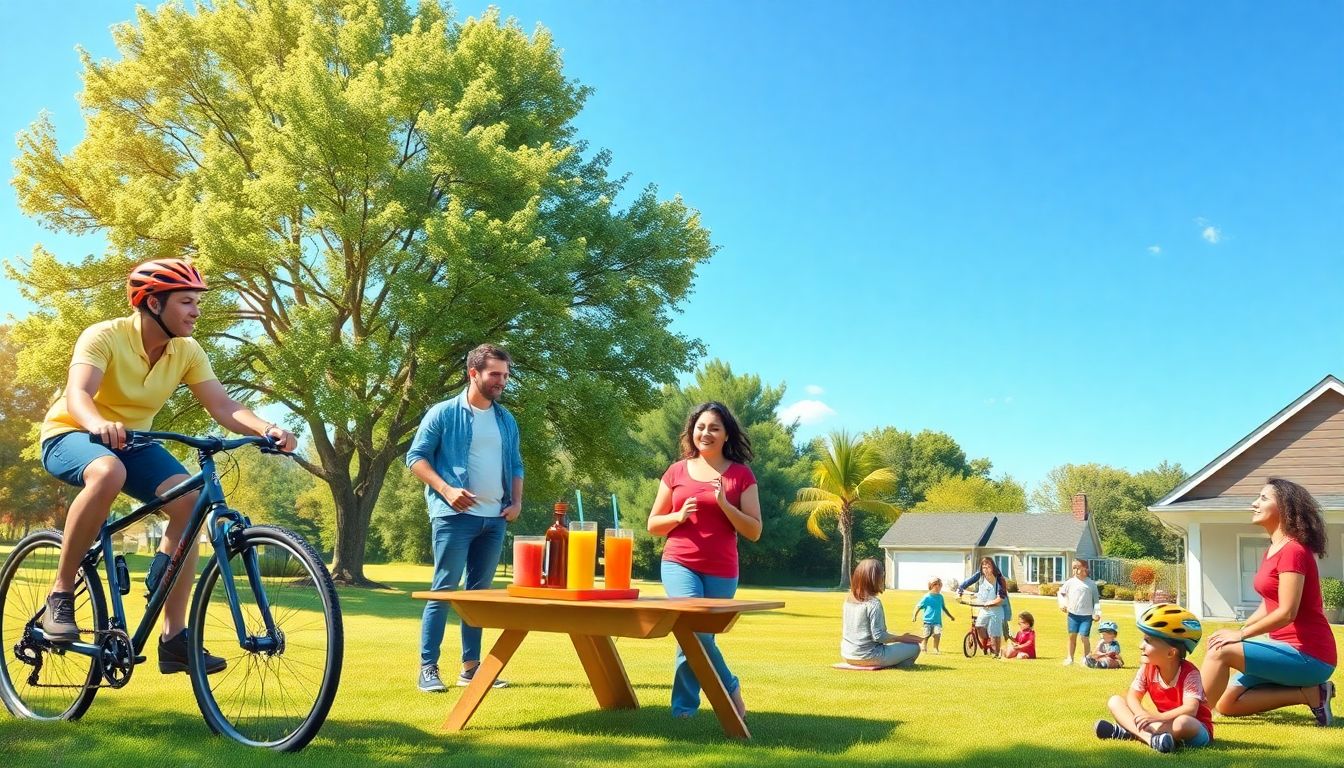
Introduction
Healthy behaviors are key to living a good life. They help us stay strong and avoid diseases. But many people face health risks like smoking, drinking too much, or getting hurt. These issues affect everyone, no matter age or background.
That’s why learning about prevention and taking action is so important. When communities stay aware and promote safe habits, fewer people suffer from preventable problems. Everyone can play a part to create healthier, safer places to live.
Understanding Smoking and Tobacco Use
The Scope of Tobacco Use and Its Health Consequences
Tobacco use remains a big problem around the world. Millions of people still smoke every day, despite knowing the health risks. Smoking increases the chances of lung cancer, heart disease, and breathing troubles. The World Health Organization says smoking causes over 8 million deaths each year globally.
Long-term smoking damages your lungs and arteries. It also raises the risk of chronic illnesses that can cut lives short. Knowing these facts can help motivate people to quit or avoid starting.
Strategies for Tobacco Cessation and Prevention
Stopping smoking isn’t easy, but help exists. Counseling sessions, nicotine patches, and medicines can make quitting easier. Policies like smoking bans in public places also work. They protect non-smokers and create smoke-free zones.
Schools and public health campaigns share simple messages to warn about the dangers. Kids and teens learn early, making it less likely they pick up smoking later. These programs build a culture of health and support quitting efforts.
Impact of Secondhand Smoke
Secondhand smoke is just as harmful as smoking itself. It puts non-smokers at risk for respiratory problems, especially children and pregnant women. Exposure can cause asthma attacks and sudden infant death syndrome.
Laws that ban smoking in restaurants, parks, and workplaces help protect everyone. Installing smoke alarms and creating designated outdoor smoking areas reduce accidental exposure. Protecting people from secondhand smoke saves lives.
Addressing Drug and Alcohol Use
Prevalence and Public Health Impact
Drug and alcohol use impacts millions worldwide. Many young people experiment, but it can quickly turn into dependence. Substance abuse affects mental health—causing depression and anxiety—and physical health, like liver damage.
Socially, drug and alcohol misuse lead to broken families, crime, and lost workdays. These issues strain healthcare and criminal justice systems. Staying informed helps us spot signs of abuse early and intervene.
Prevention and Intervention Strategies
Early education is crucial. Teaching kids about drug risks helps them make smarter choices. Community support groups and counselors are vital for those struggling. Healthcare providers also play a role in screening and guiding patients to healthier habits.
Creating safe spaces and providing alternative activities reduces the temptation to turn to substances. When people know help is available, they’re more likely to seek it.
Managing Substance Abuse Disorders
Treatments like detox programs, therapy, and medications help people recover. Giving support early makes recovery easier. Reducing stigma around addiction encourages more to ask for help instead of hiding their issues.
A strong network of family, friends, and health workers keeps people motivated through their journey to sobriety.
Injury Prevention in Daily Life
Common Types of Injuries and Their Causes
Injuries happen every day—falls, car crashes, burns, or injuries during sports. Children and older adults are more vulnerable. Risk factors include rushing, distractions, or unsafe environments.
Understanding these risks helps us stay alert. Knowing that a wet floor or distracted driving can cause harm reminds us to stay cautious.
Effectiveness of Injury Prevention Measures
Safety rules save lives. Wearing seat belts and helmets greatly reduces injury severity in accidents. Installing smoke and carbon monoxide alarms can prevent deaths from fires and poisoning.
Public awareness campaigns and environmental changes make safer choices easier. Simple steps like fixing loose rugs or keeping clutter off stairs can prevent falls.
Promoting Safer Behaviors
Be proactive. Always wear your seat belt, put on a helmet when biking, and check smoke alarms regularly. Keep your home safe by installing grab bars and ensuring good lighting.
Community efforts—like neighborhood safety programs or road audits—also cut injury risks. When everyone shares responsibility, fewer accidents happen.
The Role of Policy and Community Engagement
Laws not only set rules but also protect public health. Bans on smoking in public places and regulations on alcohol sales create safer environments.
Community programs aimed at at-risk groups provide support and education. Schools, clinics, and local groups team up with government agencies to promote healthy lifestyles.
Collaboration between healthcare providers, teachers, and lawmakers makes a real difference. It helps identify problems early and put effective solutions in motion.
Conclusion
Reducing tobacco use, fighting substance abuse, and preventing injuries are all vital for healthier communities. When we stay informed and support each other, we can make smarter choices. Education, policies, and community efforts all work together to protect our health.
Take action today—wear helmets, quit smoking, or seek help if needed. Together, we can build safer, healthier places where everyone can thrive.


